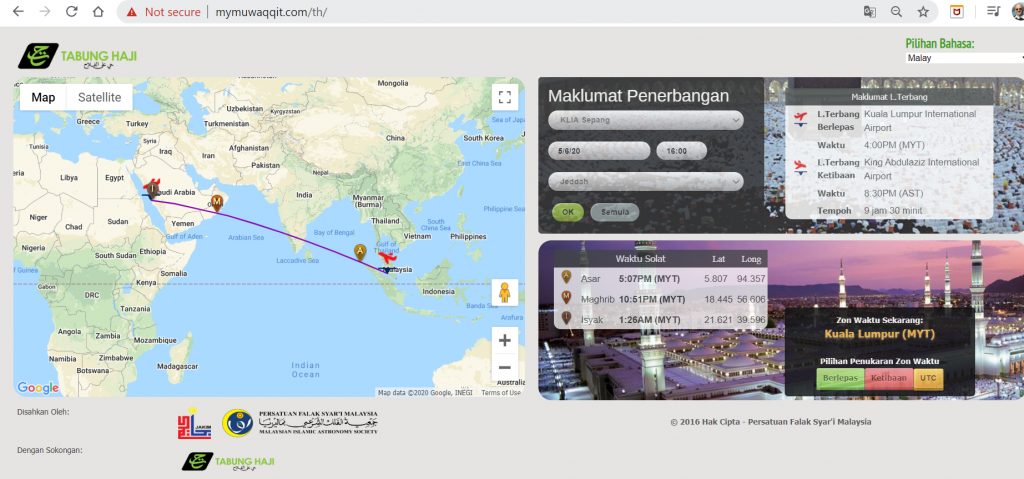The Society

On 7th October 1983 (1 Muharram 1404H), a meeting was arranged by the Faculty of Islamic Studies, National Universities of Malaysia (UKM) between Haji Mohd. Khair bin Mohd Taib, Visiting Fellow at UKM and his students and other enthusiasts of astronomy. The purpose of the meeting was to discuss the formation of an Islamic astronomy society.
A total of 21 persons were present, mainly his students. The meeting agreed to form a society named Malaysian Islamic Astronomy Society (The Society). Haji Mohd Khair was elected as Advisor. A Protem Committee was formed and on 29th November 1985, the Registrar of Societies formally approved the registration of The Society with registration no. 3782/85 (Selangor). YB Dato’ Dr. Mohd. Yusof Noor, Deputy Minister in the Prime Minister’s department officially launched The Society at Kuala Lumpur Islamic Centre on 26th May 1986 (17 Ramadhan 1406H).
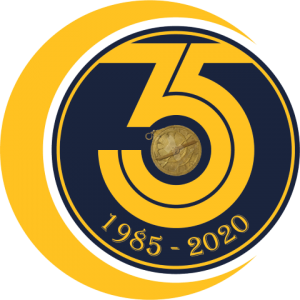
The Society celebrated its 35 years of service in 2020.
Executive Committee Members


Main Activities of Society
Malaysian Astronaut Program
A “Islam and life in Space” seminar was organized by the Malaysian Ministry of Science, Technology and Innovation (MOSTI) on 25-26 April 2006/26-27 Rabiulawal 1427.
PFSM had played an important role in planning, organising and discussions in the seminar. Mr. Syed Kamarulzaman Kabeer (Vice President PFSM) was given responsibility by the National Space Agency (ANGKASA) to plan and organise the entire seminar.
A paper ‘Performing Ibadah In Space’ was presented by Dr Abdullah Ibrahim (First president of PFSM).
The President of PFSM at the time, Ustaz Abdul Rahaman Husin chaired a presentation session.
Dr Hj Kassim Bahali, secretary of PFSM, and Dr Abdul Halim Abdul Aziz, a member of the PFSM Executive Committee, were responsible for preparing the seminar resolutions.
The resolutions of the seminar were taken up by JAKIM to the Malaysian Fatwa Committee, that then issued a fatwa and guidance for worship in space and the result, a handbook, ‘Guidelines For Implementation Of Islamic Rites At the International Space Station, ISS’ had been issued by JAKIM, for the use of the first Malaysian astronaut. The handbook had also been well received by other countries.
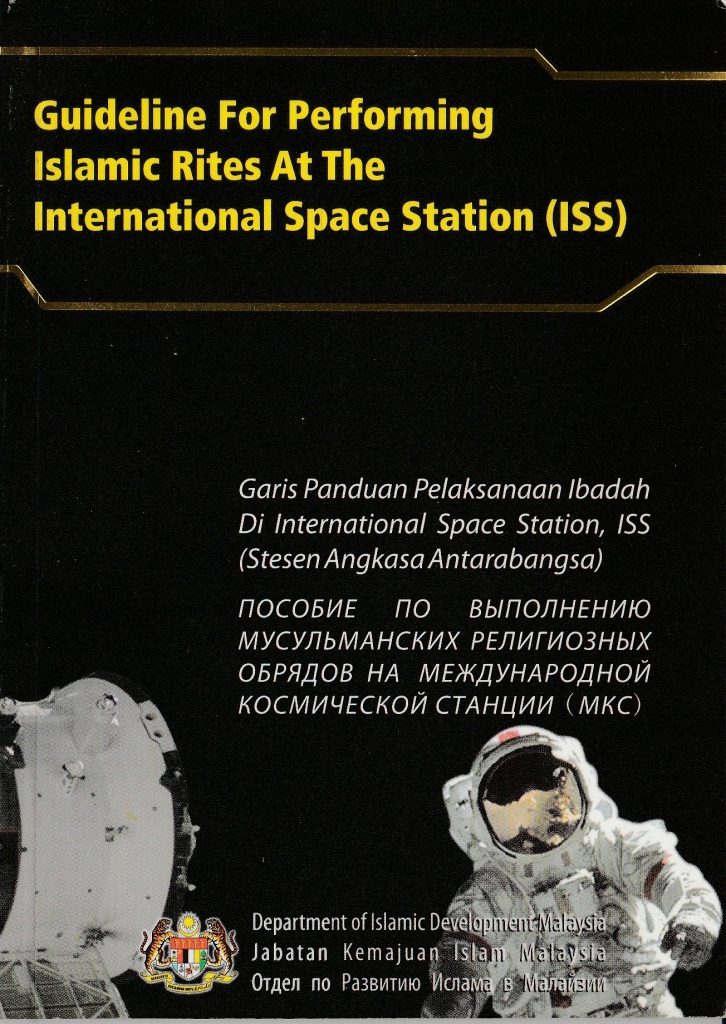
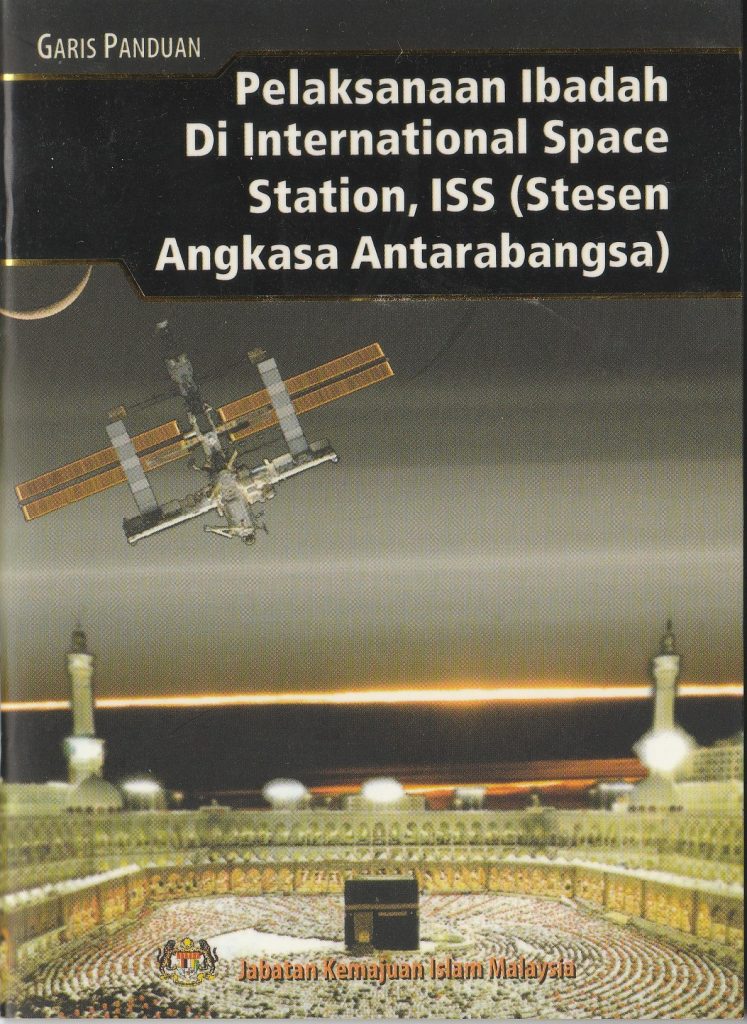
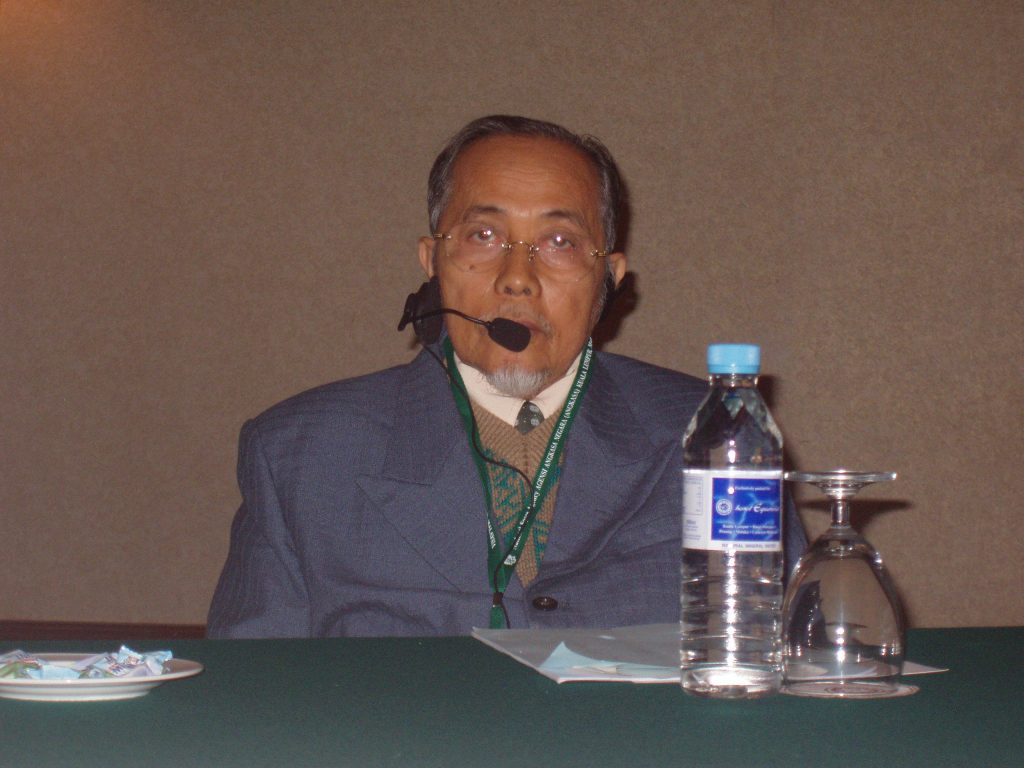
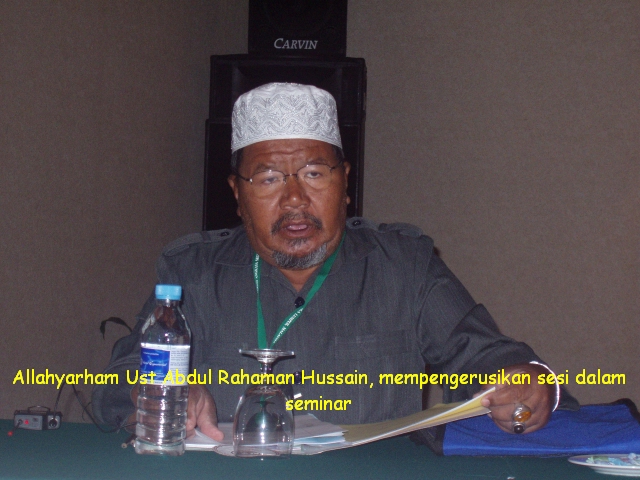
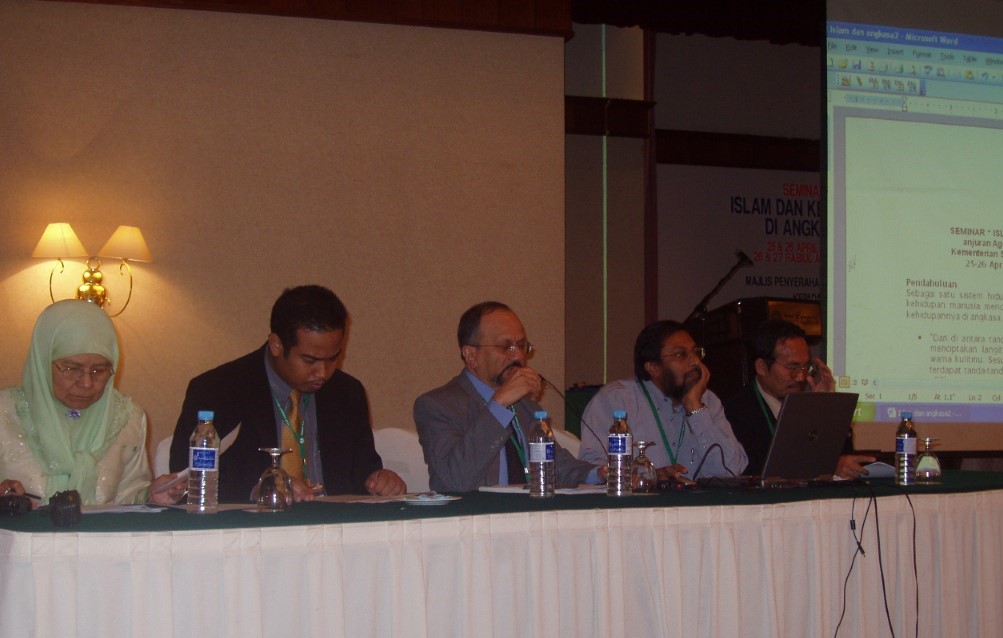
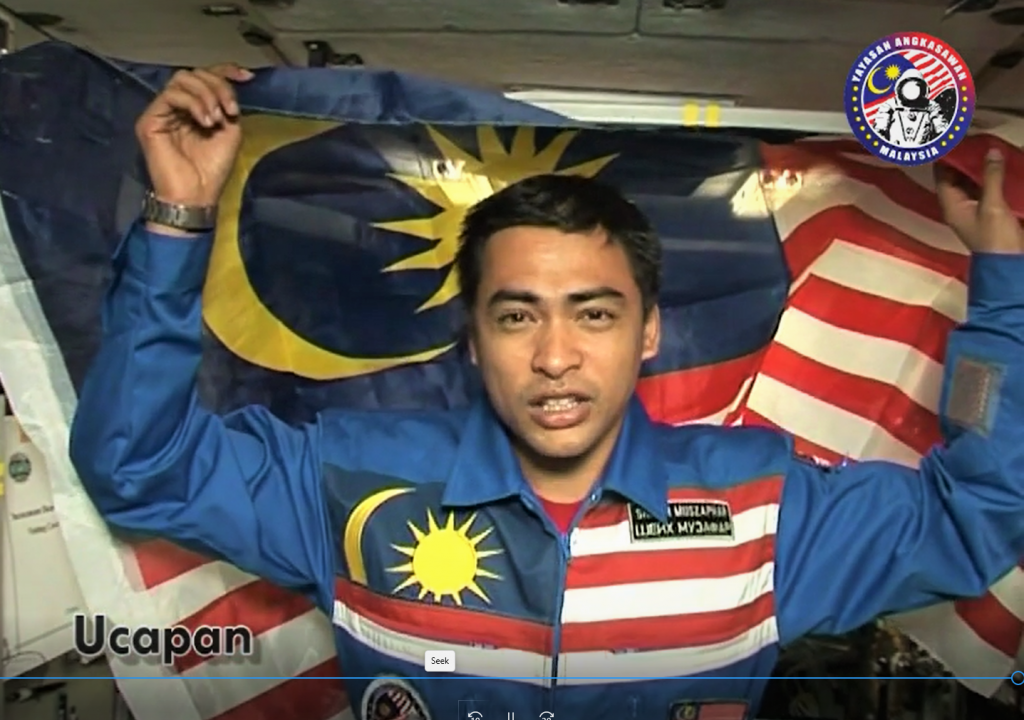
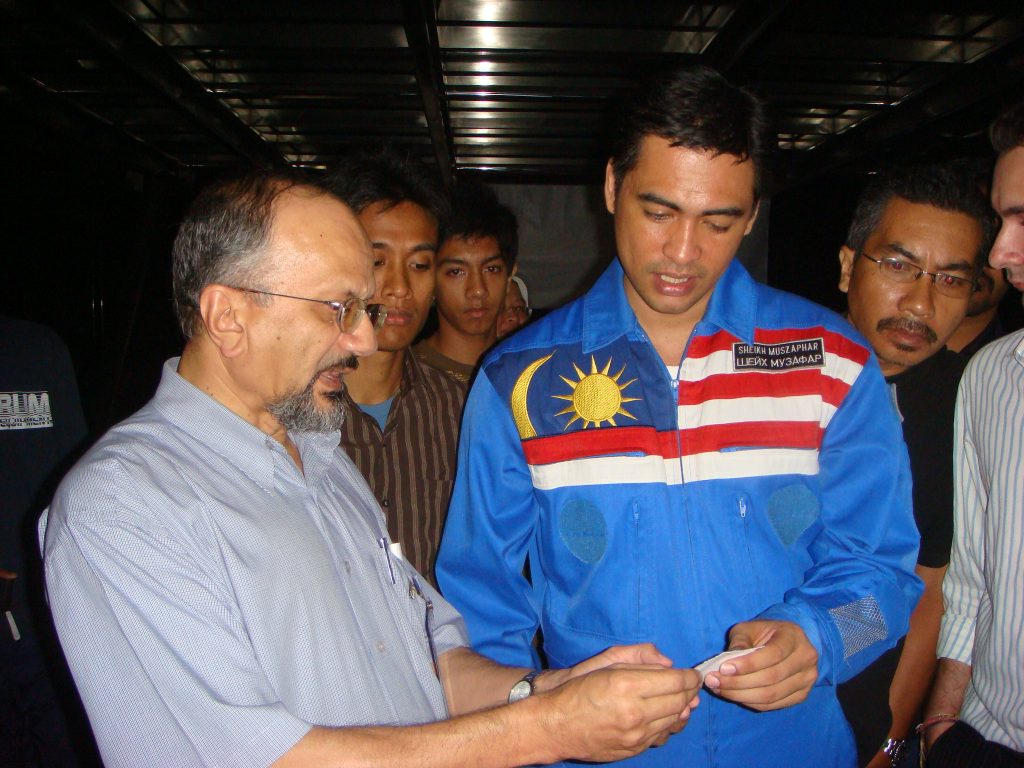
Prayer Times on Flights
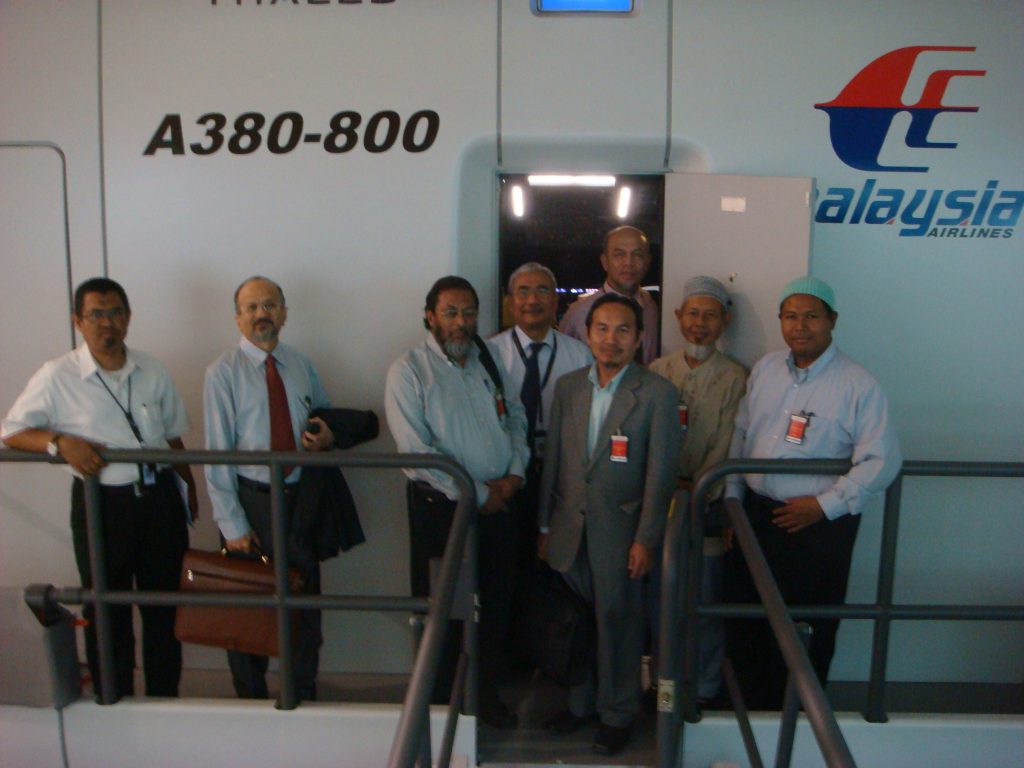
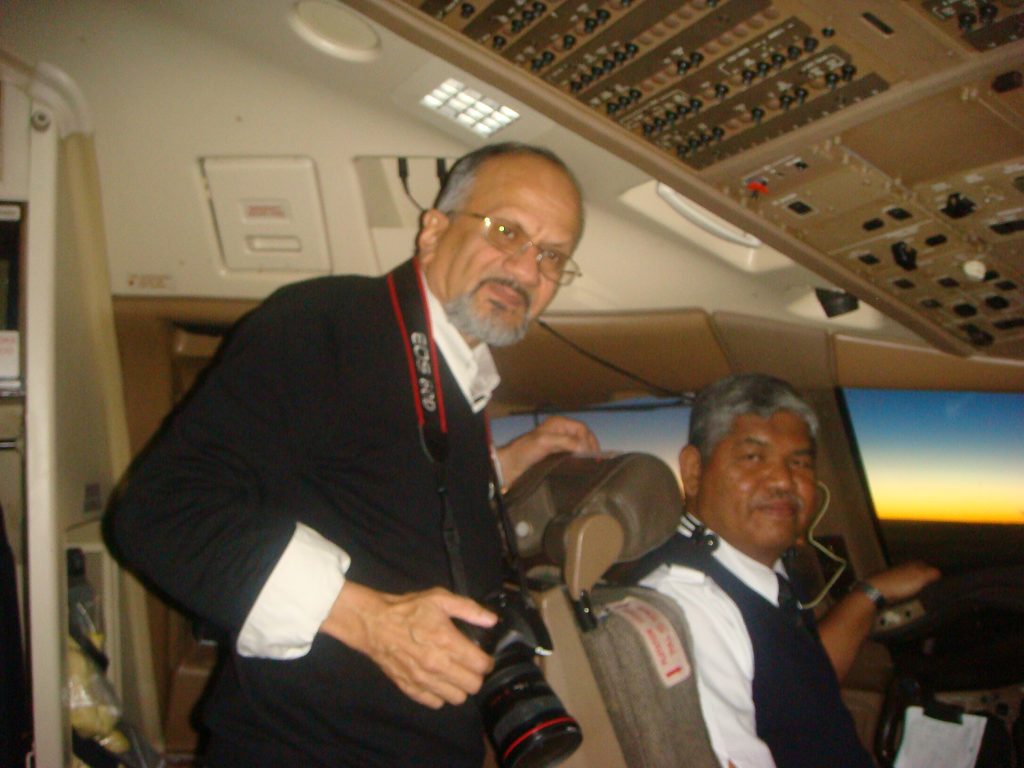
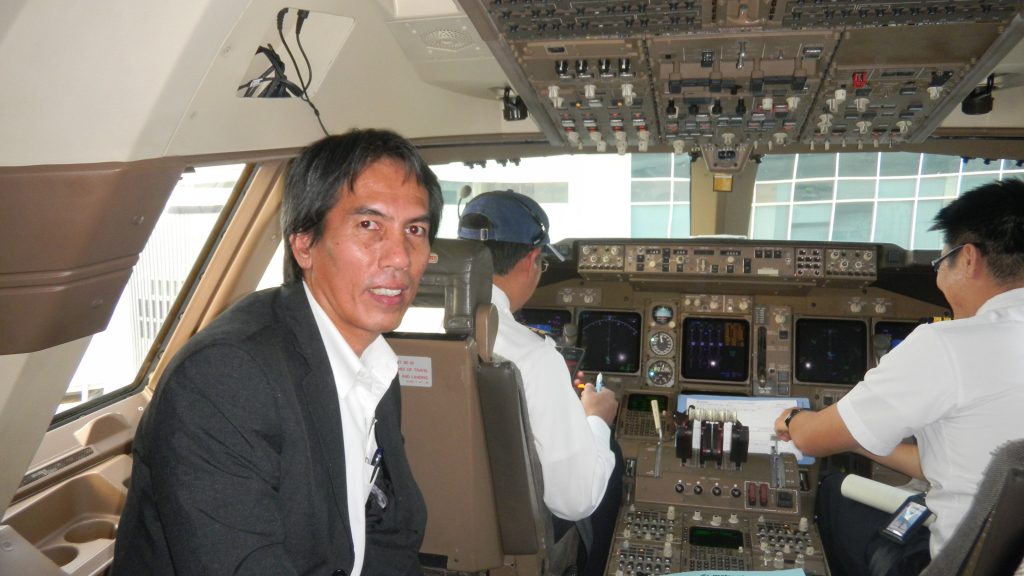
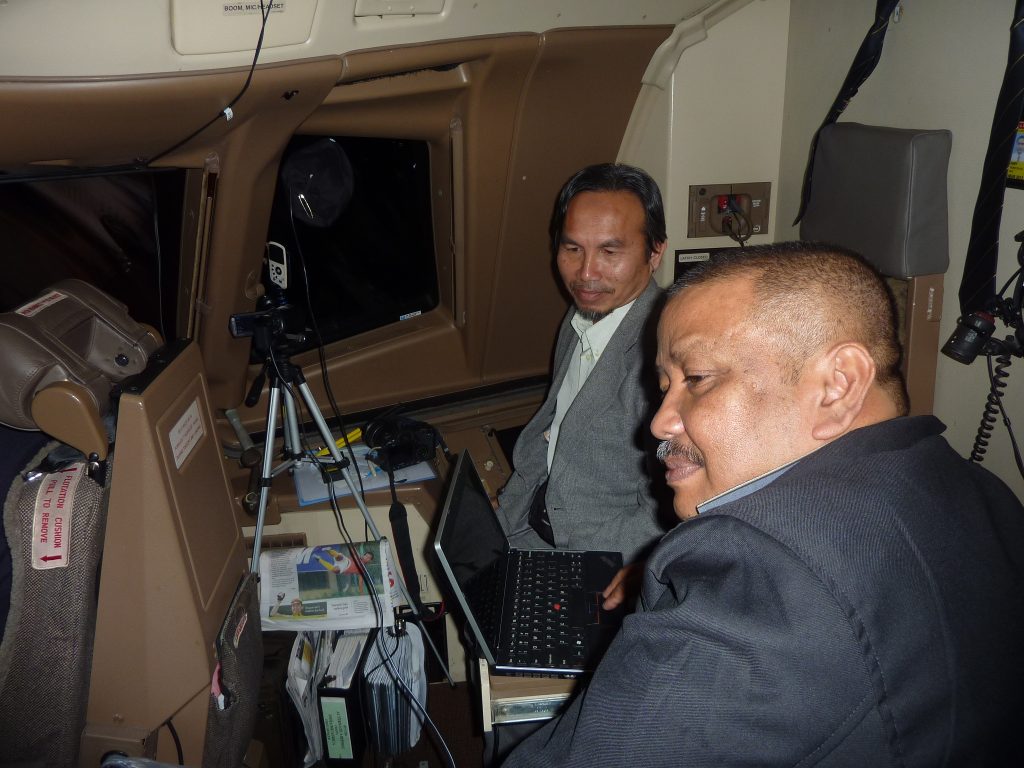


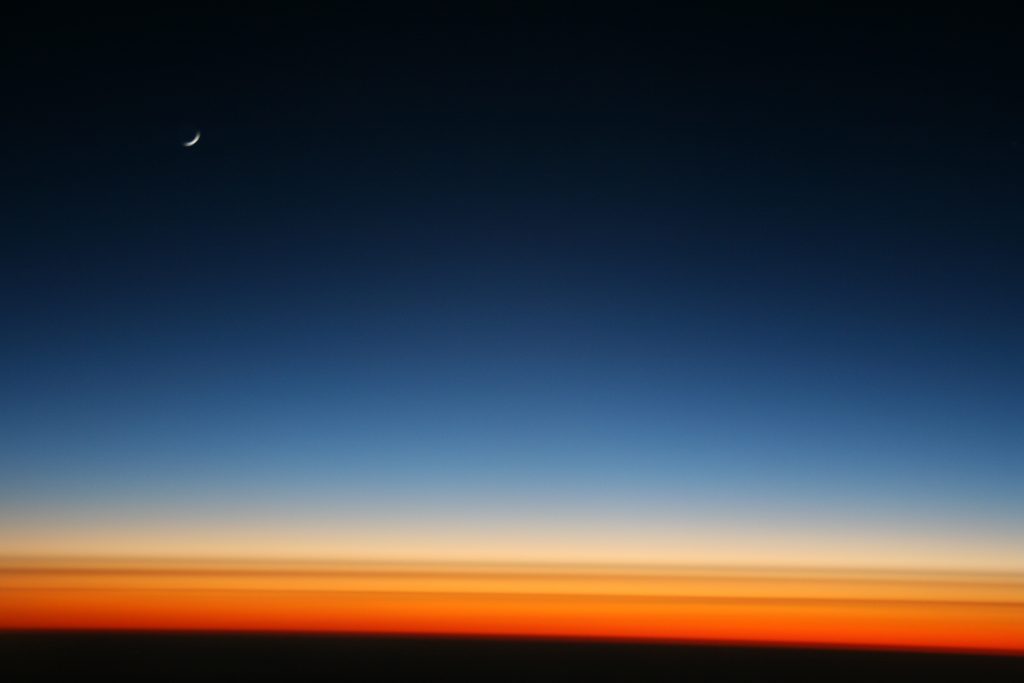
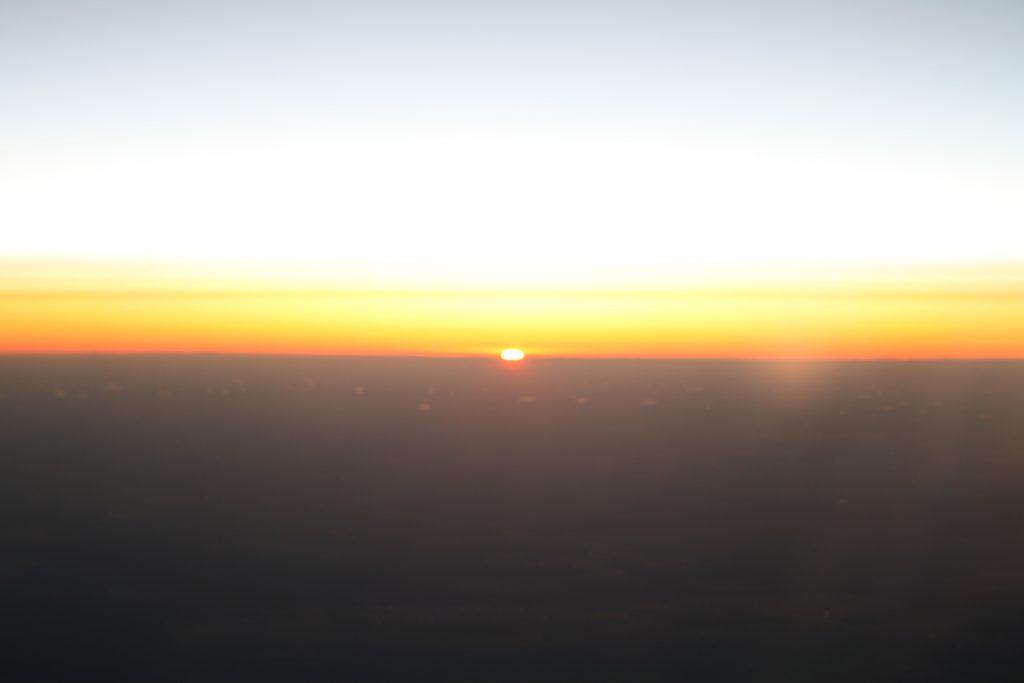
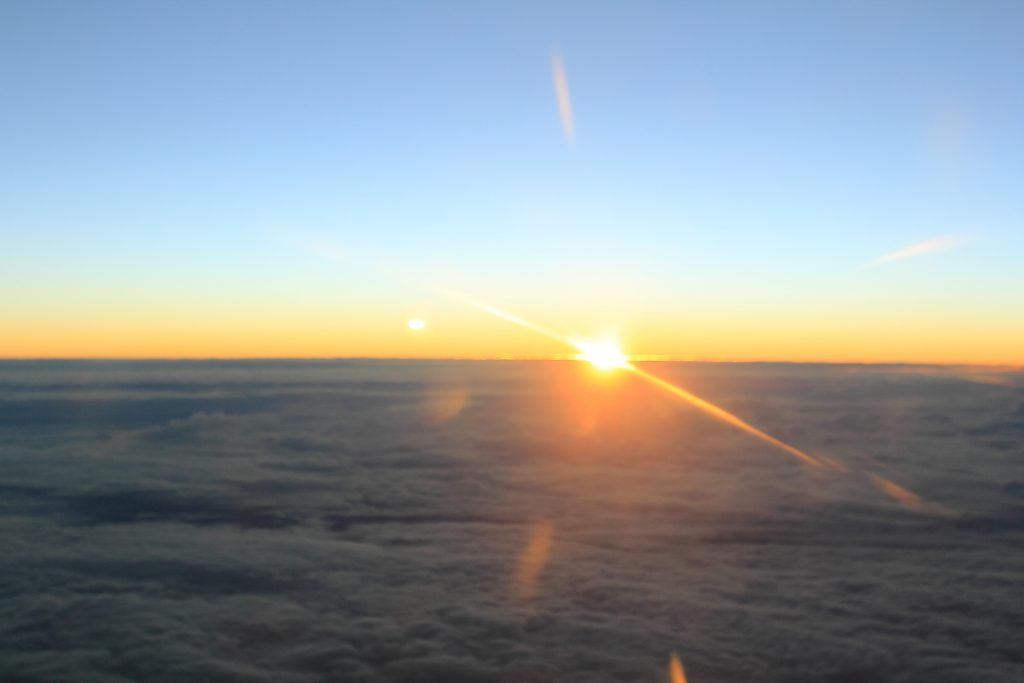
The Malaysian Islamic Astronomy Society (PFSM) had been entrusted to undertake a prayer time research in flights by the Department of Islamic Development Malaysia (JAKIM), in collaboration with Malaysian Airlines System (MAS). The project entailed the collection of astronomical phenomena data and the development of software to be incorporated into the in-flight entertainment system (SHDP) of airplanes, to be included in JAKIM’s website, and apps for the use of Muslim travelers.
PFSM used a team of local scientists and Islamic scholars, to perform studies of sky and Sun phenomena, on long-haul flights, to obtain the parameters required for prayer times at the cruising altitude of flights. The research covered 45 flights from 2009 till 2012..

The Malaysian Islamic Astronomy Society had taken an initiative to provide solutions for Muslim travelers to determine prayer times in flight. There had been a need to provide reliable guidance on the correct times for prayers.
The results of the earlier undertaken research project of prayer times in flights were used to produce software that could help Muslims to know times of prayers in flight.
The software was developed by Mr. Abdul Rahonny Yusof, a member of the PFSM Committee, with the cooperation of a software company First Tech Sdn Bhd. This software development was funded by the Malaysian Astronaut Foundation, of the Ministry of Science Technology and Innovation (MOSTI) and was produced in collaboration with expertise of PFSM members.
The mymuwaqqit software was certified by the Astronomy Experts Panel of JAKIM on 18 November 2015.
Three software versions were produced;
mymuwaqqit.com is a website for prayer times for all commercial flights of all airline companies;
- mymuwaqqit.com/th for Haj chartered flights of Lembaga Tabung Haji.
- The Mymuwaqqit application for Android smart phones
The launch of the Mymuwaqqit software was officiated by the Minister in the Prime Minister’s Department, YB Major General (R) Dato ‘ Seri Jamil Khir bin Haji Baharom, in conjunction with the opening ceremony of the International Conference on Astronomy in the Muslim World (ICAMW 2015) on Thursday, 19 November 2015 at Universiti Tenaga Nasional. This is among the PFSM activities in conjunction with the 30th anniversary celebrations.
In the meeting between the Minister in the Prime Minister’s Department with Minister of Transport Malaysia on 13rd April 2016, with the Chairman of the Malaysian Airline Berhad present, an agreement was made to have myMuwaqqit the software to be incorporated into the Inflight Entertainment System in every Malaysian Airline (MAB) aircraft.
Fajr Time Research
Another research project that was carried out by The Society was the review of the Fajr Sadiq solar depression angle, the start of dawn and Isha, in collaboration with Mufti Department of Malacca state.
The Syariah astronomers in Malaysia have for a long time been using the solar depression angle for Fajar of 20 degrees and the solar depression angle for Isha of 18 degrees. The value of these angles are based on the practice of Sheikh Tahir Jalaluddin.
The researchers have conducted a fajar study at various locations in Jasin Melaka, Gunung Ledang Johor, Kudat Sabah, the Pahang state of Malaysia, Mersing, and Sedili Besar of Johor. The study was conducted a total of 138 days between January 2013- April 2019.
From data of the observations, an average value of solar depression derived is-16.72 degrees with a standard deviation of 1.049.
From the findings of the study above, we recommend the solar depression angle for start of the fajar prayer is 17 degrees
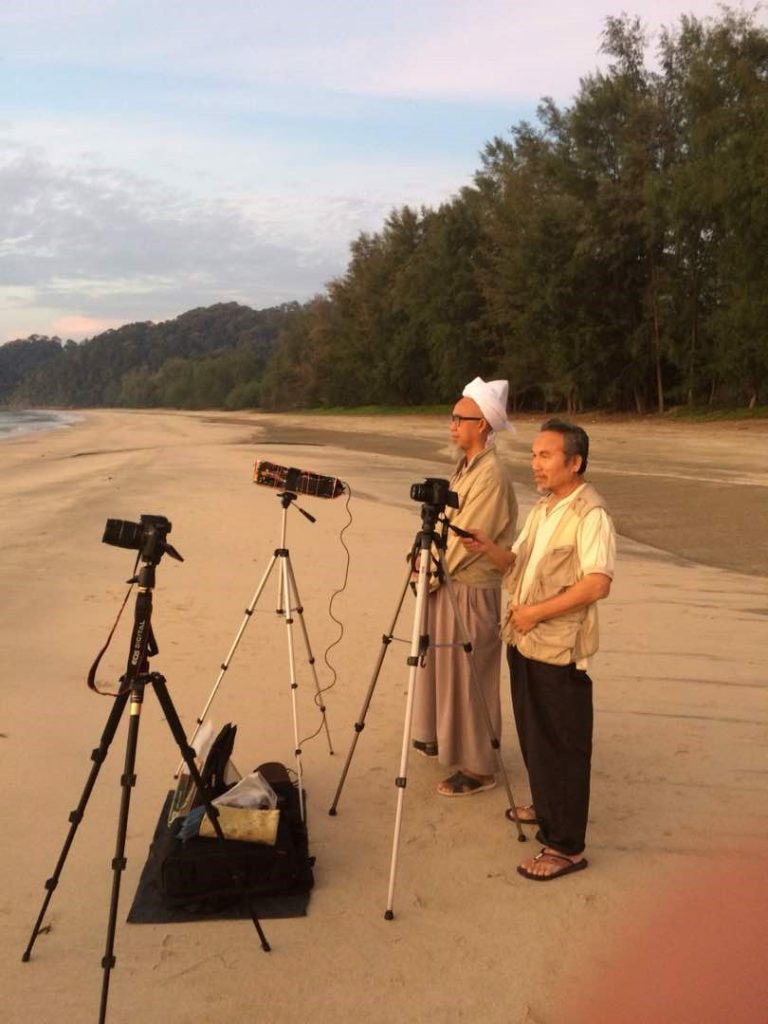
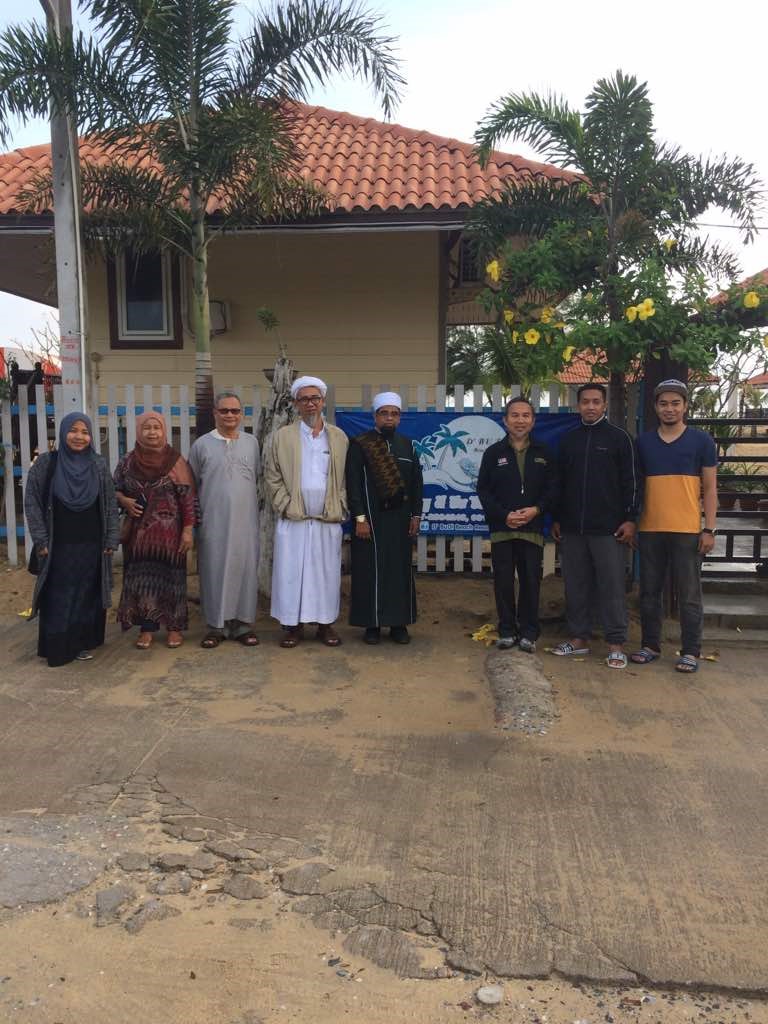
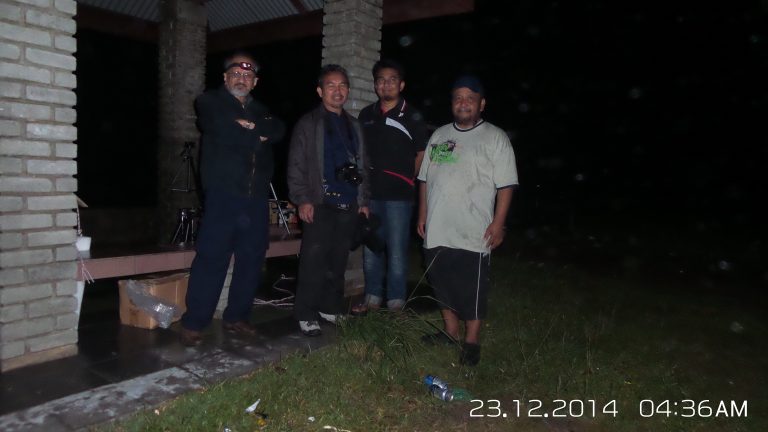
Kembara Angkasa
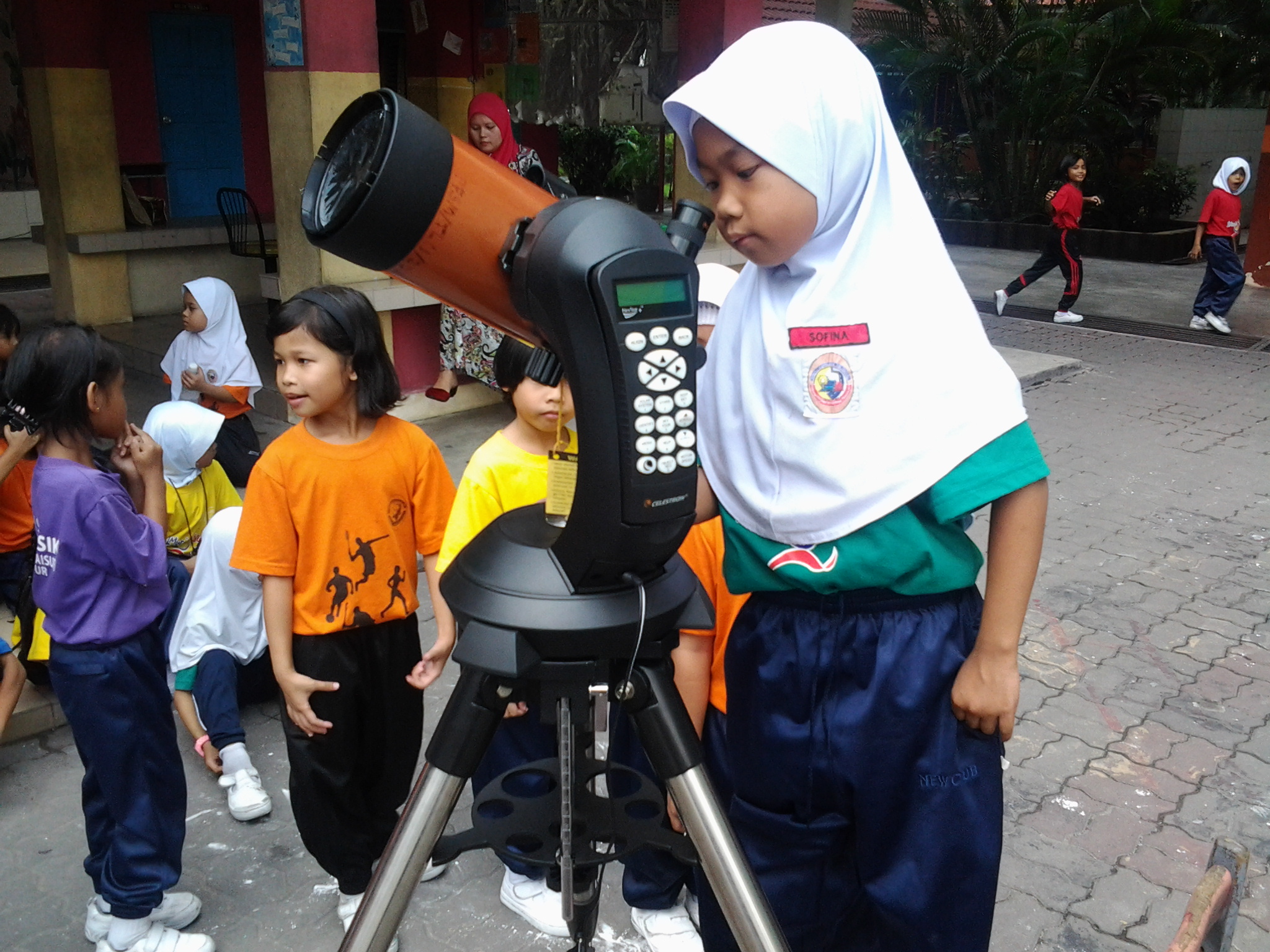

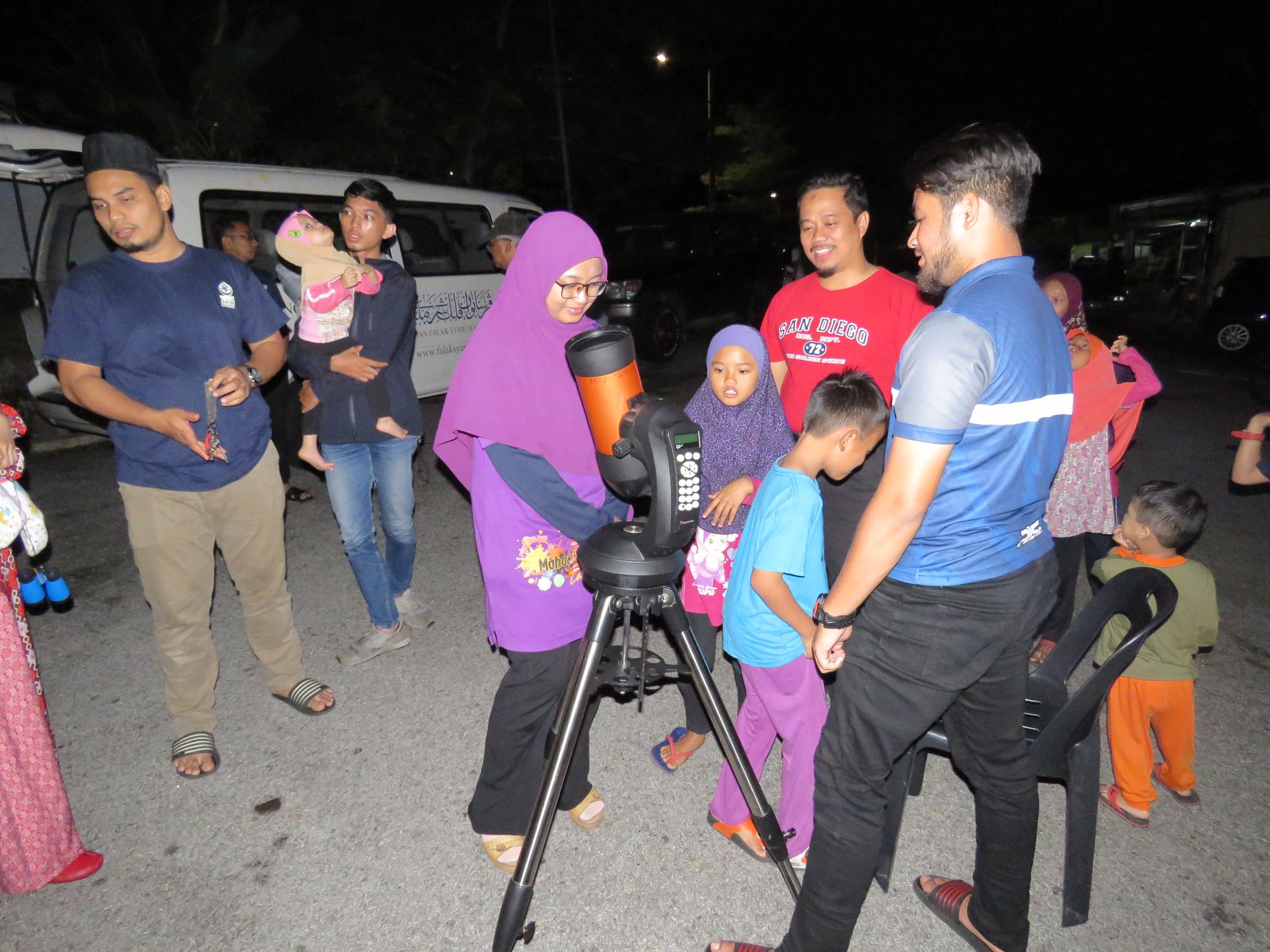
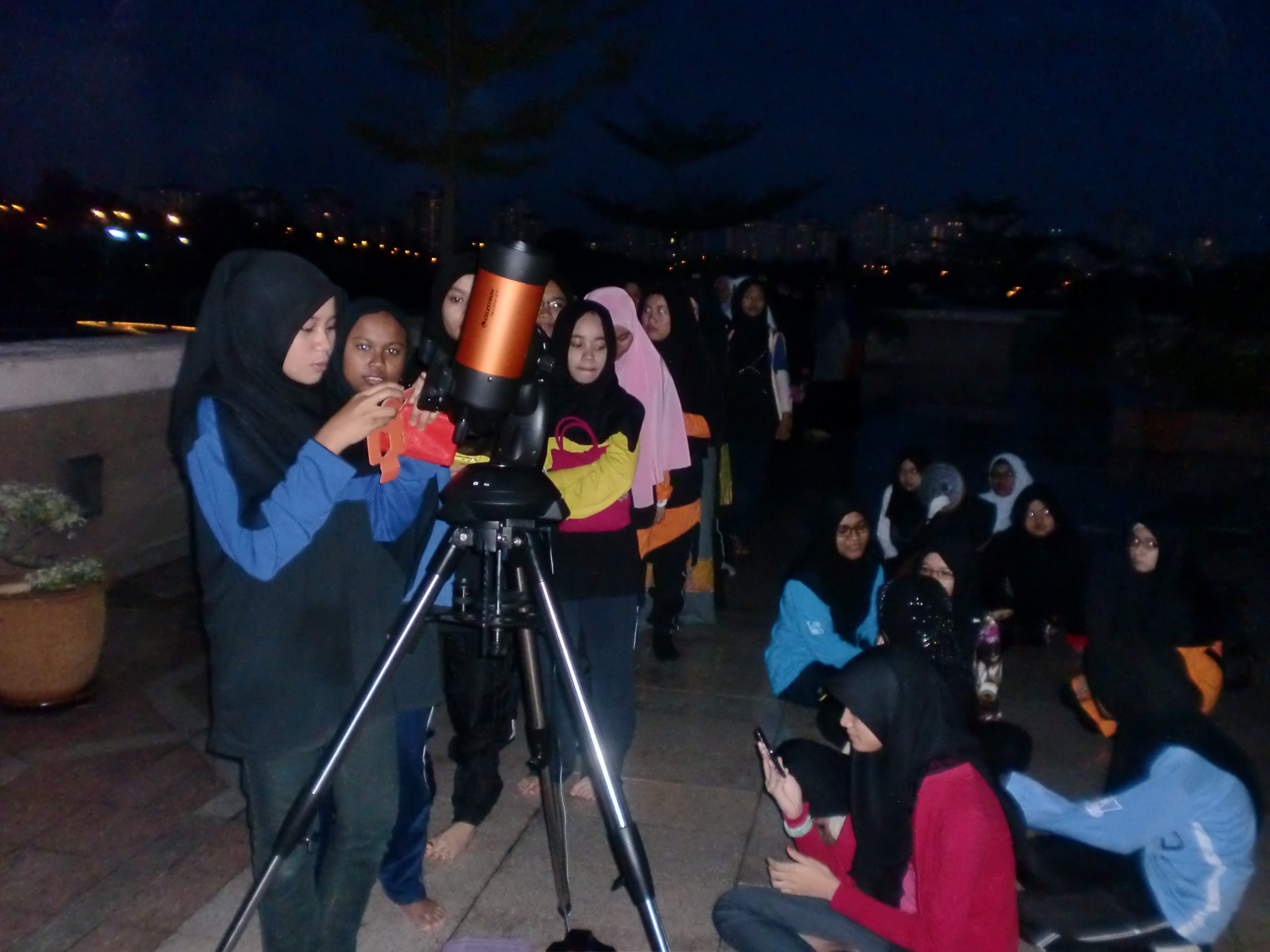
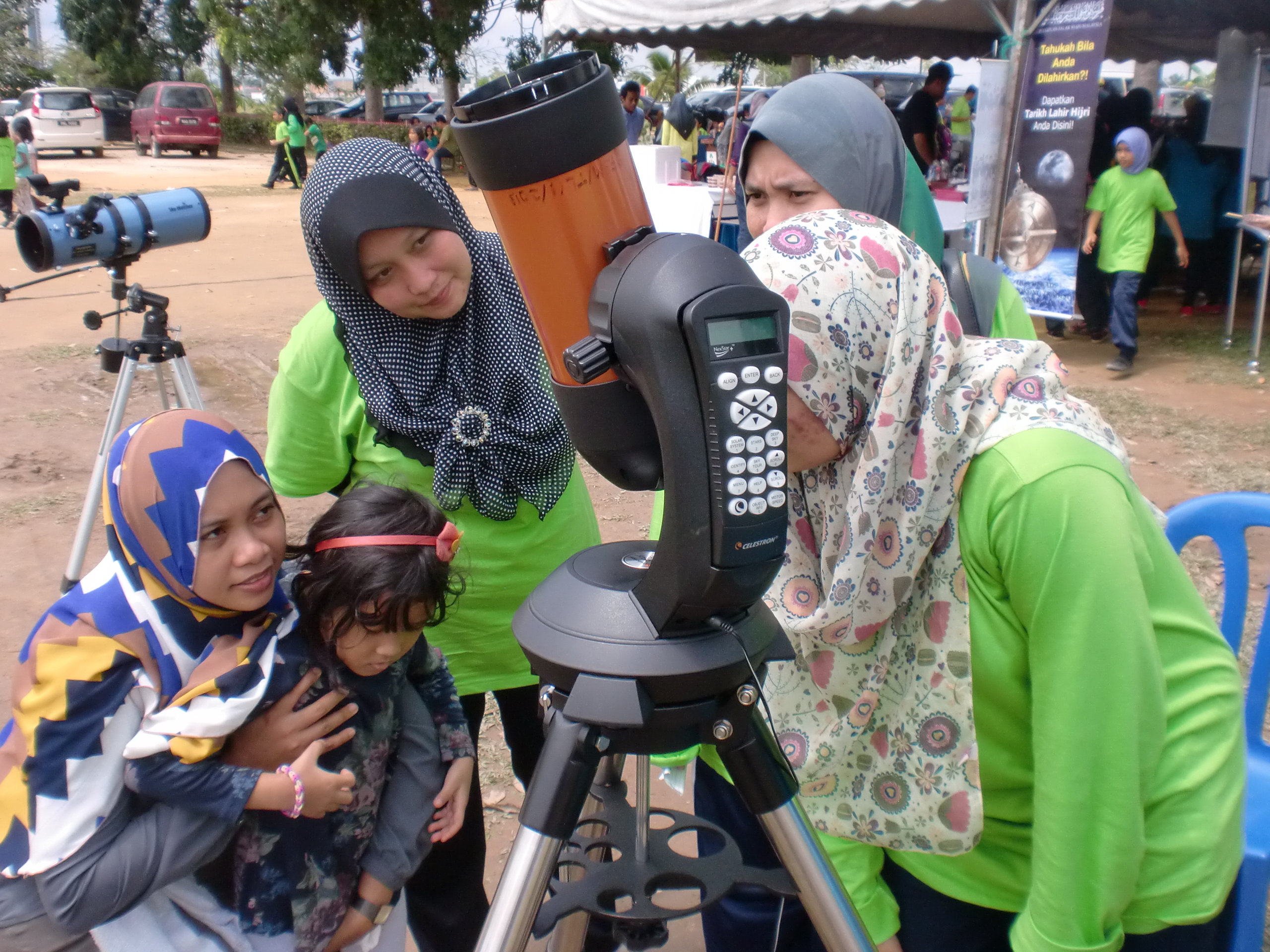
A group of ‘Space Adventure Crew’ was established with the aim of bringing falak-related activities to students and school pupils. The activities carried out are exhibitions, observations of sun, moon, planets and basic astronomy. These activities were carried out to give rise to the interest of the participants at an early stage.
Collaboration was also established with other groups such as Apadilangit and Adab Youth Garage ABIM to organize falak programmes, for disadvantaged students living in low-cost flats. The main purposes of the programme are:
To introduce falak knowledge as a branch of science that is always in line with human life as a platform to know Allah
- To help diversify night activities for youths to ensure that their interests are directed to healthy activities
- To build participants’ skills in interacting with the universe through the observations of the natural phenomenon.
- To build the interest of participants to STEM as a platform for community progress.
